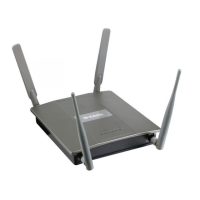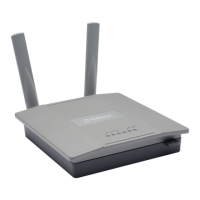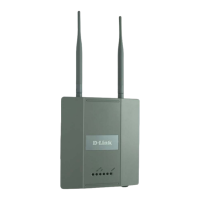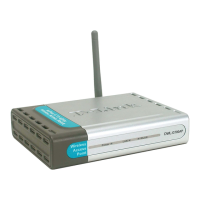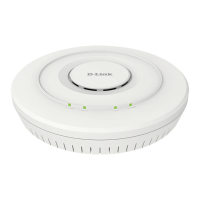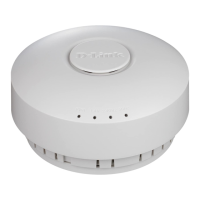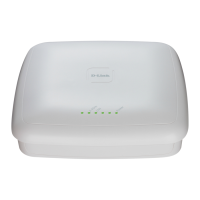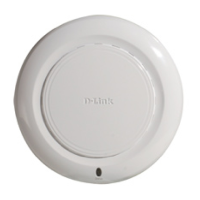Configuring RIP
D-Link Unified Wired and Wireless Access System
Oct. 2015 Page 306
D-Link UWS User Manual
Table 178: RIP Interface Configuration Fields
Field Description
Interface Select the interface for which data is to be configured from the menu.
Send Version RIP Version that router sends with its routing updates. The default is RIP-2.
Possible values are:
• RIP-1: send RIP version 1 formatted packets via broadcast.
• RIP-1c: RIP version 1 compatibility mode. Send RIP version 2 formatted
packets via broadcast.
• RIP-2: send RIP version 2 packets using multicast.
• None: no RIP control packets are sent.
Receive Version RIP Version of the routing updates that the router must accept. The default is
Both. Possible values are:
• RIP-1: accept only RIP version 1 formatted packets.
• RIP-2: accept only RIP version 2 formatted packets.
• Both: accept packets in either format.
• None: no RIP control packets is accepted.
RIP Admin Mode Select Enable or Disable from the dropdown menu. Before you enable RIP
version 1 or version 1c on an interface, you must first enable network directed
broadcast mode on the corresponding interface. The default value is Disable.
Authentication Type You may select an authentication type other than None by clicking the Modify
button. You then see a new screen, where you can select the authentication
type from the dropdown menu. Possible values are:
• None: This is the initial interface state. If you select this option from the
dropdown menu on the second screen you are returned to the first screen
without any authentication protocols being run.
• Simple: If you select Simple you are prompted to enter an authentication
key. This key is included, in the clear text, in the RIP header of all packets
sent on the network. All routers on the network must be configured with
the same key.
• Encrypt: If you select Encrypt you are prompted to enter both an
authentication key and an authentication ID. Encryption uses the MD5
Message-Digest algorithm. All routers on the network must be configured
with the same key and ID.
IP Address Displays the IP Address of the router interface.
Link State Specifies whether the RIP interface is up or down.
Bad Packets Received Displays the number of RIP packets that were found to be invalid or corrupt.
Bad Routes Received Displays the number of routes, in valid RIP packets, which were ignored for
any reason, e.g., the number of triggered RIP updates actually sent on this
interface. This explicitly does NOT include full updates sent containing new
information.
Updates Sent Displays the number of route updates sent.
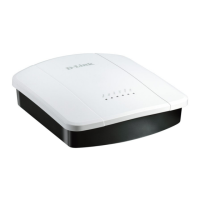
